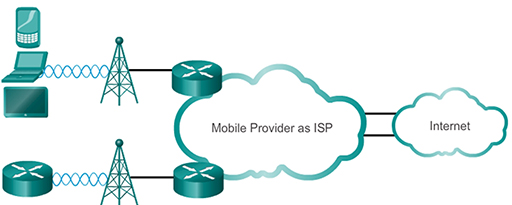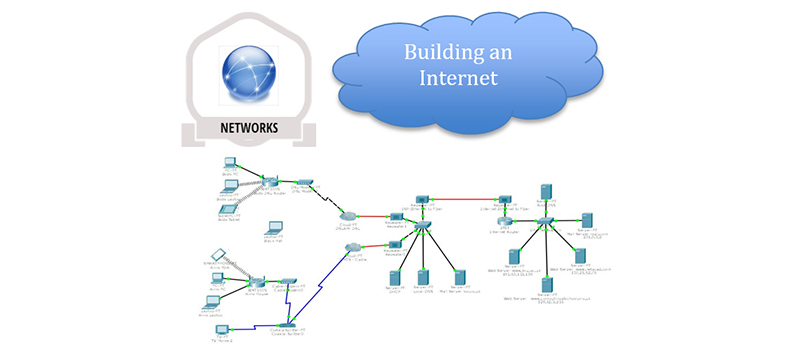8 Cellular wireless
- Cellular or mobile telephony provides telephone services using wireless technology, allowing users to place calls from a wide range of handsets (smart phones, laptops, tablets) to a network of fixed base stations (or cell towers). The base stations are connected to the cellular service provider’s network either by point-to-point or wired links, allowing calls to be placed to other cellular users and telephones within the PSTN.

- Cellular providers also support connectivity for data services such as email and web surfing, and cellular wireless has become an increasingly popular way of accessing Internet based services for mobile users. Because of the comprehensive cellular coverage of all but the most remote areas of the UK, it can also be used to provide Internet WAN services for domestic subscribers using cellular-capable home routers.
- The data rate, wireless frequencies and coverage areas available via cellular WANs depend on the technology utilised. This is referred to as ‘generations’, with each passing generation providing an improved service when compared to its successor.
- Common cellular industry terms include:
- 3G wireless, or third generation cellular access, is a range of technologies supporting wireless Internet access. 3G systems can support data rates of between 7.2 and 42 Mbps, depending on the actual technology.
- 4G/Long Term Evolution (LTE), or fourth generation cellular access, can support a theoretical maximum data rate of 150 Mbps.
- The data rate actually achieved via cellular WAN is extremely variable as there are many factors that can significantly reduce the rate from the theoretical maximum, such as distance from the cell tower, movement and electromagnetic interference.
7 Worldwide Interoperability for Microwave Access
